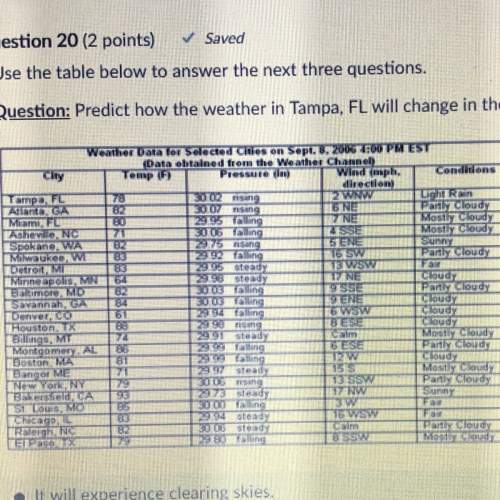
Physics, 31.10.2021 07:20, marissastewart533
An object is traveling at a constant velocity of 15 m/s for a time of 11 s. Calculate the acceleration.

Answers: 3
Other questions on the subject: Physics

Physics, 22.06.2019 00:20, thedocgalloway
You have been consulted by the mobile phone company hookup about a new augmented reality product called “brows”. they want to develop an alternative to google glasses, which, you recall, is a proposed new product which plans to superimpose a whole range of wireless google services over the user’s ordinary vision of the world. these appear in little circles and ovals, and let you phone people, take photographs, navigate across cities and inside buildings, find shops and update your social media. brows would do this too, but not be limited to special google services. the user would wear a small cylinder-shaped device designed to fit on top of their existing eyewear (glasses or sunglasses). it would project a reversed image onto the inside of the lenses, the reflection of which would be in focus for the user. instead of voice control, the user would control the device by eye and neck movements, which the device would track. the device would connect via bluetooth to the user’s phone, which would supply most of the computing power and wireless connectivity. hookup also wants to know what existing services would be most in demand, and which would not work well with brows. using your knowledge of augmented reality, wearable technology and interface design, is the project feasible? if not, why not? if feasible, how could the product need to be modified for a better experience?
Answers: 2

Physics, 22.06.2019 05:40, izzyisawesome5232
An ideal polarizer with its transmission axis rotated 30 degrees to the vertical is placed in a beam of unpolarized light of intensity 10w/m^2. after passing through the polarizer, what is the intensity of the beam? a. 8.7 w/m^2 b. 7.5 w/m^2 c. 5.0 w/m^2 d. 10 w/m^2 e. 2.5 w/m^2
Answers: 1


Physics, 22.06.2019 08:00, jpsaad00
Tafari worked one summer on a ship that set weather buoys in the ocean. he watched how one of the buoys moved in the water. describe which parts of the wave would cause the buoy to bob up and down. which wave property determined how fast the buoys bobbed in the water? he observed that when the wind blew harder, the ocean waves were larger, and the buoys moved away from the ship. what effect, if any, did the waves have on how far the buoys moved? explain your answer.
Answers: 3
Do you know the correct answer?
An object is traveling at a constant velocity of 15 m/s for a time of 11 s. Calculate the
accelera...
Questions in other subjects:

Health, 11.05.2021 19:50

Physics, 11.05.2021 19:50






Mathematics, 11.05.2021 19:50


Mathematics, 11.05.2021 19:50







